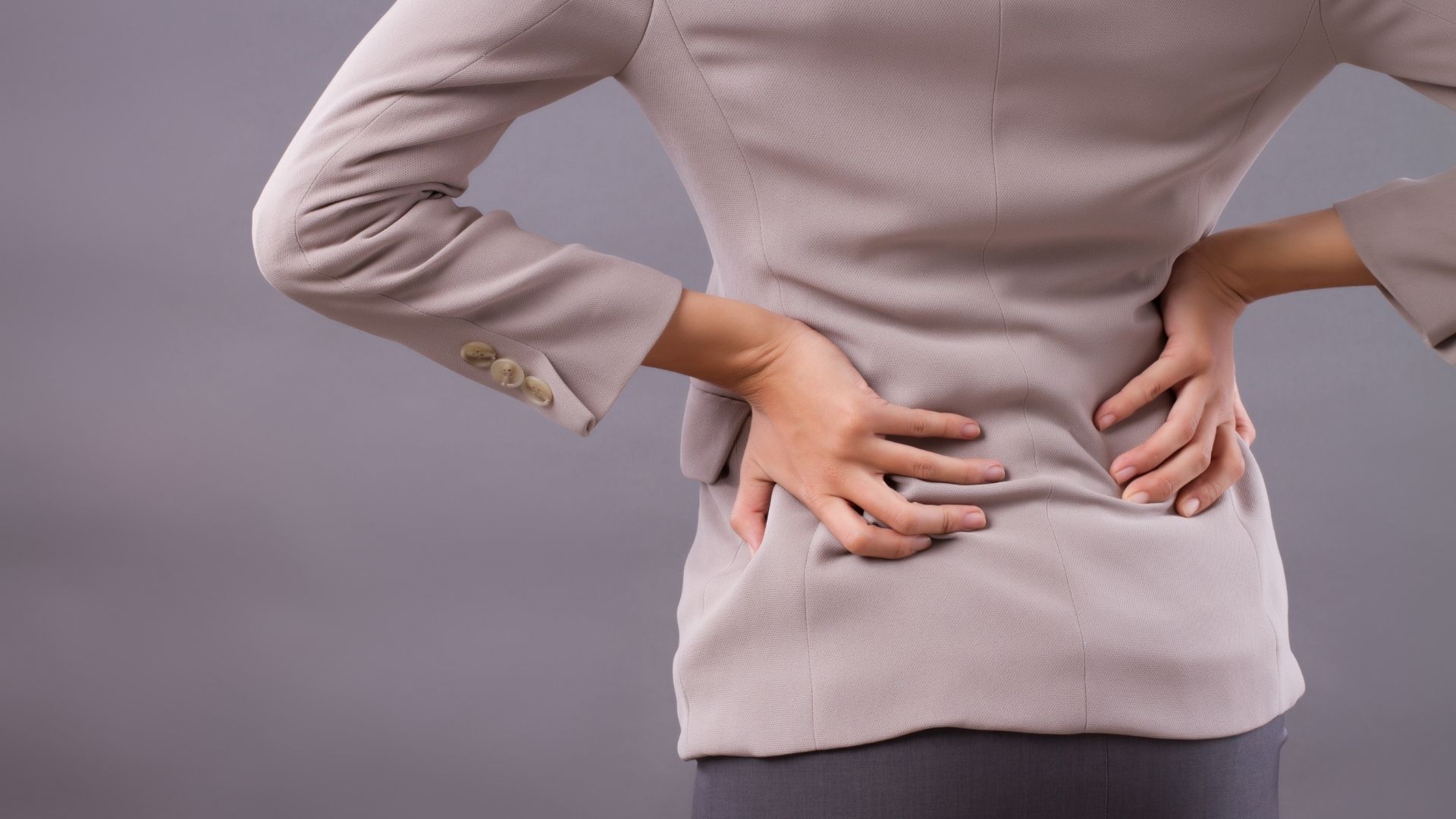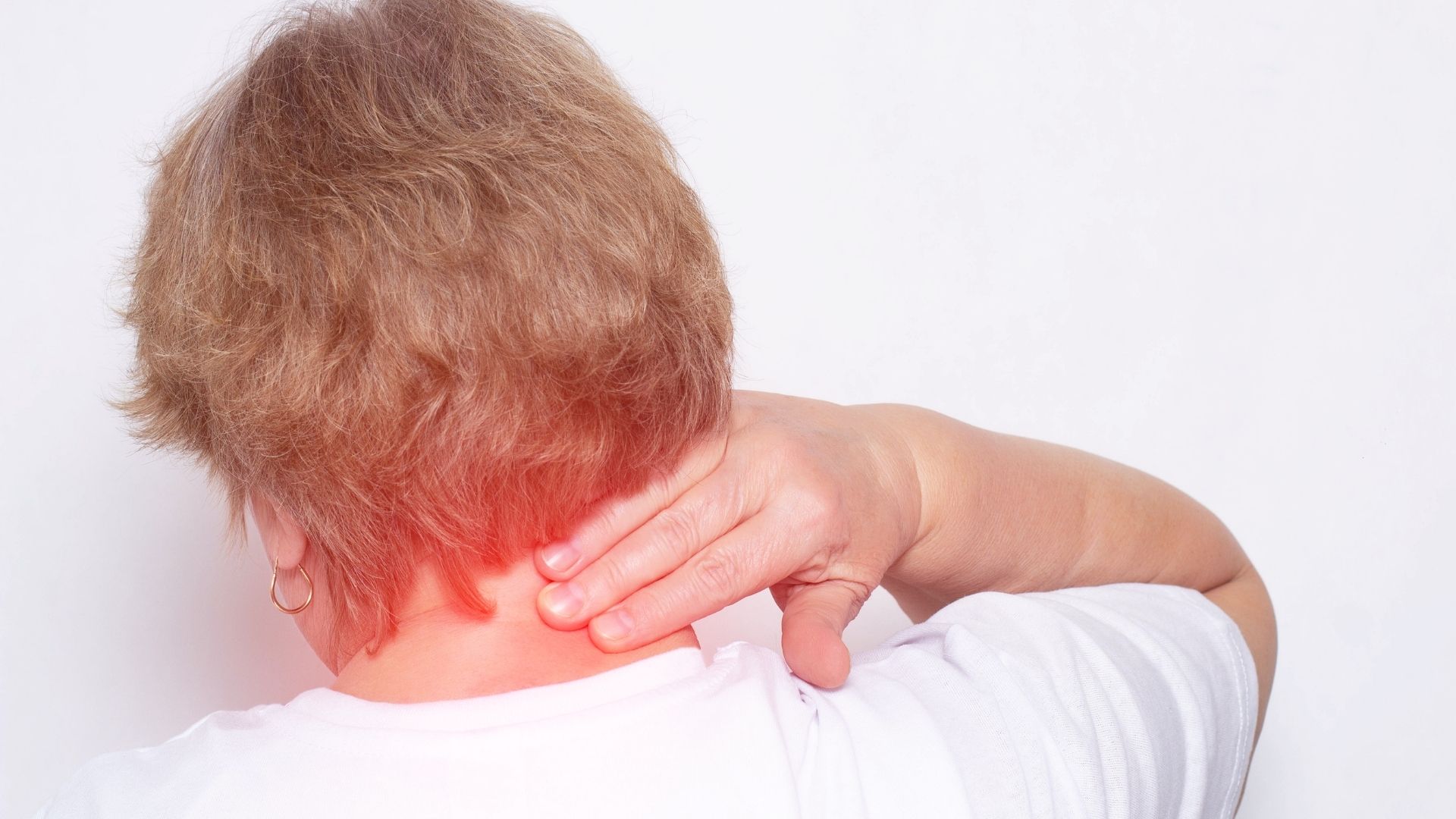Low Back Dislocation: What it is, Diagnostic Methods and Treatment Options
A slipped back is defined as a problem in the spinal system. In this condition, the upper vertebra slides forward over the lower vertebra. It is usually the result of aging and spinal wear and tear and is often characterized by the L4 vertebra slipping over the L5 vertebra. Lumbar spondylolisthesis can often be associated with another spinal condition known as a narrow canal. This condition usually occurs in children and middle-aged adults.
What are the symptoms of a slipped disc?
Patients with a slipped disc experience pain in the lower back and hip area. This pain usually increases when bending forward and decreases when bending backwards. Low back pain is also common when walking and people may have difficulty walking. Standing for long periods of time or experiencing leg cramps in the evening may also be symptoms of a slipped back.
How is a slipped disc diagnosed?
The first step in diagnosing a slipped back is to consult a doctor. It is important to get a professional medical opinion, as an incorrect intervention in the spine area can lead to serious consequences. During the examination, the doctor may ask the patient to undergo an MRI or a motion graphics test. These tests can determine whether there is a slipped vertebra and the degree of slippage.
What are the treatment options for slipped discs?
Patients diagnosed with slipped discs can be treated medically before surgery. Treatment options may vary depending on the severity of pain and the degree of slipped vertebrae. The doctor may recommend that the patient limit their daily activities. A lumbar corset can also help reduce pain and relieve muscle spasms. In some cases, injections known as steroid injections may also be used, but they may not provide a definitive solution.
Physical therapy methods also play an important role in the treatment of slipped discs. The doctor can design a special rehabilitation program for the patient. This program aims to strengthen the muscles in the lumbar region and make the spine more stable. Regular medical supervision is important throughout this process.
When is surgical intervention necessary?
Depending on the severity of the slipped vertebrae and the patient’s symptoms, surgical intervention may be necessary. Difficulty walking, bowel and bladder dysfunction and nervous system problems may require surgery.
Slipped disc is a spinal problem caused by aging and spinal wear and tear. Symptoms include lower back pain, hip pain and difficulty walking. It is important to consult a doctor to diagnose a slipped disc and treatment options may vary depending on the patient’s symptoms and the degree of slippage.



